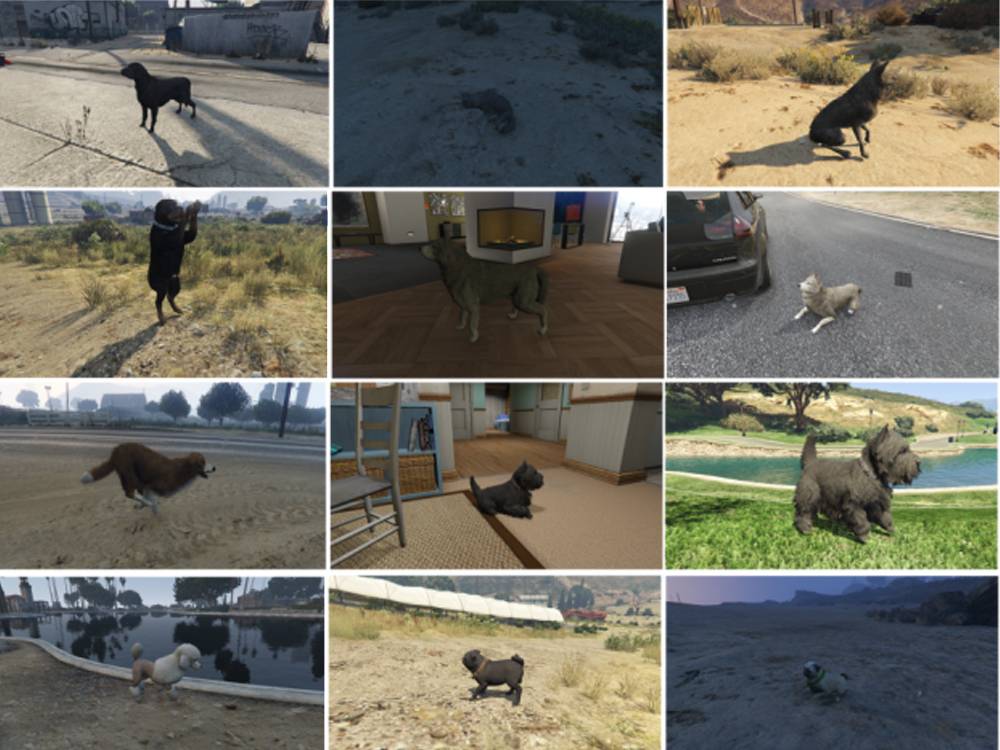Local college transforms hair studio into virtual reality immersive space for students
Nescot college in Elwell is investing £650,000 to transform a hair studio on campus into a virtual reality (VR), immersive space for its students.
The state-of-the-art technology, currently being installed, will be used across a wide range of courses on offer at Nescot and includes driving simulators and immersive learning spaces which work with a variety of artificial intelligence (AI) tools. This will allow students to gain specialist skills and experiences, like driving a forklift truck, or navigating a busy A&E ward, without even leaving the classroom.
Nescot will have a range of cutting-edge technology, including an Igloo, immersive room, and vehicle simulators. The Igloo is cylindrical, six metres in diameter and features a 360-degree projection system that can ‘transport’ groups of students around the world. It offers things like virtual field trips, design opportunities and gaming development. It can also recreate complex activities or hazardous environments so students can safely learn.
A suite of four advanced simulators will provide vehicle handling training for a wide range of machinery, from cranes to fire engines. These simulators, alongside virtual reality headsets, will mean students can work together to refine their driving or operation skills in a realistic scenario where multiple machines or vehicles are in use.
The immersive room has a projection system which equips all the walls with screens. Two of the screens are interactive and respond to touch, creating a hands-on learning experience. Two ultra-high-definition screens are also incorporated, and cameras enable instructors and students to magnify objects of interest and project them onto any of the four screens, facilitating discussion. The technology also brings remote learners into the classroom via a dedicated video call screen.
The facility further cements Nescot’s reputation as a hub of innovation, having recently opened robotics, AI and cyber security facilities as part of its Institute of Technology. The staff/student hair studio, which was a commercial salon and not a learning space for students, has already moved out of the space and has been relocated nearby. There is no impact at all on the Nescot hairdressing course, which is still a valued part of the curriculum.
Julie Kapsalis, CEO and Principal at Nescot said “We pride ourselves on innovation, and giving our students the best experience at Nescot, so we’re adopting this cutting-edge technology which will be a game changer. It can virtually transport students around the world to learn, allows them to safely practice dangerous scenarios, and is a fun and exciting way to boost motivation, creativity, and engagement. We can’t wait to get it installed.”
The funding to create the immersive space has been provided from the Government’s Local Skills Improvement Fund, a project which aims to support local people into work. Nescot is working with other local colleges and universities to better support the skills needs of the labour market in key areas identified by local businesses – CreaTech, Advance Manufacturing, Engineering and Construction, Digital, and Employability and Professional skills. As well as being beneficial for Nescot students, the college will be encouraging local businesses to get involved, by using the technology to train staff. Partnerships with business and enterprise are invaluable for both parties as organisations get to access cutting edge training and learning resources, plus a pool of talented, experienced students who can enter the workforce via apprenticeships, work placements and post-college recruitment.
Nescot offers college courses for school leavers and adults, with a wide range of career-focused vocational courses including Animal Care, Business, Computing and IT, Construction, Performing Arts, Childcare, Health & Social Care and Beauty Therapy. The college has two events coming up, where prospective students can see what’s on offer, and learn more about the immersive classroom as it’s being built.
Find out more at the open evening on Wednesday 22nd May, 4.30-7.30pm and the summer fair, Saturday 15th June 2024, 10.00am-2.00pm – call 020 8394 3038, visit https://www.nescot.ac.uk/ or email [email protected]
Local businesses interested in using the immersive classroom for training, or working with the college on apprenticeships, work placements or recruitment should contact [email protected] or call 020 8394 8593.








